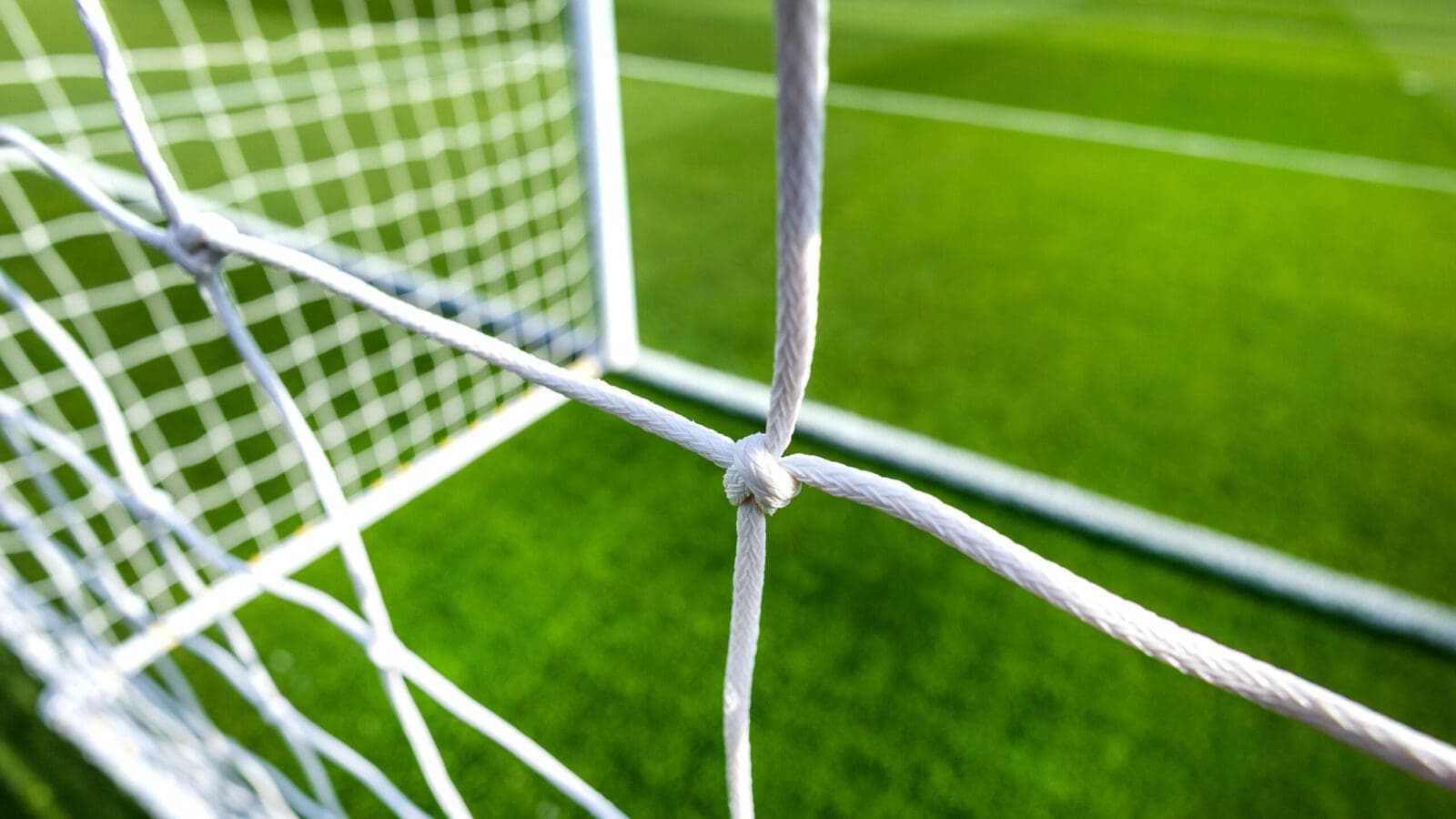Famous Fixed Matches
Famous Fixed Matches
Winning fixed matches
Day: Monday Date: 10.06.2024
First Match: Ghana – Central Africa | Tip: 1 | Odds: 1.25 | Result: 4:3 | LINK | WON
Second Match: Valerenga 2 – Follo | Tip: Over 2.5 | Odds: 1.25 | Result: 0:3 | LINK | WON
Third Match: Start 2 – Vindbjart | Tip: BTS YES | Odds: 1.30 | Result: 0:1 | LINK | Lose
E-mail support: fixedmatchgloball@gmail.com
WhatsApp support: +1 (508) 939-3661
Username for Telegram: @fmatchglobal
Guaranteed win betting tips
Scandinavian football, encompassing Denmark, Norway, and Sweden, has a rich and vibrant history. This region, known for its picturesque landscapes and cultural heritage, also boasts a profound love for football. Over the decades, the Scandinavian nations have contributed significantly to the global football scene, with their clubs and national teams showcasing skill, resilience, and a unique style of play. Football in Scandinavia reflects the ethos and values of its people—discipline, teamwork, and a strong sense of community. In the world of sports, there have been numerous infamous cases, but few are as notorious as the famous fixed matches that have tainted the reputation of football.
Manipulated betting big odds matches
The origins of football in Scandinavia date back to the late 19th century. During this period, the sport began to take root, with clubs forming in major cities like Copenhagen, Stockholm, and Oslo. Football quickly became a popular pastime, reflecting the region’s growing urbanization and social change. Early matches were often informal, but they laid the foundation for organized leagues and competitions. The first recorded football match in Denmark took place in 1889, while Sweden saw its first game in 1892. However these early encounters were crucial in building a local passion for the sport. The Calciopoli scandal in Italy is one of the most famous fixed matches incidents, involving top clubs like Juventus and AC Milan.
Betting correct score today
As football’s popularity surged, each Scandinavian country established its national league. Denmark launched the Danish Superliga in 1929, while Sweden introduced Allsvenskan in 1924. In addition Norway followed with the formation of the Norwegian Premier League, now known as Eliteserien, in 1937. These leagues provided a structured environment for the sport’s development, fostering local talent and competition. The formation of these leagues also meant that clubs began to compete in more organized and regular competitions, which helped to raise the overall standard of play.
Swedish Fixed Matches
The interwar period saw Scandinavian football clubs and national teams gaining prominence. Swedish club teams, in particular, began to attract attention, with IFK Göteborg and AIK Stockholm emerging as strong contenders. This era also marked the first significant international participation, with Scandinavian teams competing in the Olympics and World Cups, showcasing their growing prowess. Sweden made its debut in the World Cup in 1934, while Norway and Denmark followed in subsequent years. These early forays into international competition provided valuable experience and exposure.
Reliable sources for fixed matches
The aftermath of World War II brought renewed vigor to Scandinavian football. Denmark, Sweden, and Norway experienced economic growth, which translated into better facilities and training for football. Swedish football, in particular, flourished during the 1950s, with the national team finishing second in the 1958 FIFA World Cup, held in Sweden. This achievement marked a turning point, highlighting Scandinavian football on the global stage. The 1958 World Cup saw the rise of stars like Nils Liedholm and Kurt Hamrin, who would leave lasting legacies in European football. Discussing famous fixed matches, one cannot overlook the 2006 match-fixing scandal in Serie A, which shocked fans around the globe.
Genuine fixed sources betting
In addition the 1970s and 1980s are often regarded as a golden era for Scandinavian football. Denmark, with its dynamic and entertaining style, became a force to reckon with. Players like Allan Simonsen and Michael Laudrup emerged as international stars. Meanwhile, Sweden and Norway also produced remarkable talents, contributing to the region’s growing reputation in European competitions and international tournaments. The Danish national team’s victory in the 1984 UEFA European Championship qualifiers and their strong showing in the 1986 World Cup are often highlighted as milestones of this era.
Manipulated fixed sources betting
In addition the 1990s witnessed significant breakthroughs for Scandinavian football on the global stage. However Denmark’s unexpected triumph at the 1992 UEFA European Championship remains a historic moment. This victory underscored the tactical intelligence and team spirit that are hallmarks of Scandinavian teams. Concurrently, Sweden reached the semi-finals of the 1994 FIFA World Cup, further cementing the region’s status as a football powerhouse. These successes were built on strong defensive organization, effective counter-attacking play, and the emergence of new talents like Henrik Larsson and Peter Schmeichel.
Modern Developments
Moving into the 21st century, Scandinavian football has continued to evolve. Clubs like Rosenborg BK, Malmö FF, and FC Copenhagen have made regular appearances in European competitions, often performing admirably. This period also saw increased investment in youth academies and infrastructure, aiming to develop future generations of footballers and maintain competitive standards. The development of modern training facilities and the adoption of advanced sports science techniques have been pivotal in nurturing young talents and enhancing the overall quality of the game.

Influence of Scandinavian Players Abroad
Scandinavian players have made significant impacts abroad, contributing to major leagues across Europe. For instance, Zlatan Ibrahimović, one of Sweden’s most iconic players, has enjoyed a stellar career with top clubs like Barcelona, Paris Saint-Germain, and Manchester United. Danish and Norwegian players have similarly left their marks, enriching the footballing cultures of their adopted countries. Players like Christian Eriksen, Erling Haaland, and Martin Ødegaard have become household names, demonstrating the high level of talent produced in Scandinavia.
Women’s Football in Scandinavia
Women’s football has also thrived in Scandinavia. Countries like Sweden and Norway have strong women’s national teams that consistently perform well in international tournaments. The Swedish women’s team, for instance, reached the finals of the 2003 FIFA Women’s World Cup and won silver medals at the Olympics in 2016 and 2020, reflecting their prowess and dedication. The growth of women’s football in Scandinavia is supported by robust grassroots programs and professional leagues, which provide ample opportunities for female athletes to develop their skills.
Role of Coaches and Tactics
Scandinavian football is known for its emphasis on tactical discipline and physical fitness. Coaches from this region have often instilled a sense of organization and teamwork in their squads. Notable managers like Lars Lagerbäck and Åge Hareide have been instrumental in shaping the tactical frameworks of their teams, leading to successful campaigns both domestically and internationally. The coaching philosophy in Scandinavia typically focuses on a balanced approach, combining defensive solidity with creative attacking play.
Youth Development and Training Facilities
However Investing in youth development has been a cornerstone of Scandinavian football’s strategy. Countries like Denmark and Sweden have established comprehensive training programs and state-of-the-art facilities. These efforts have paid off, producing a steady stream of talented players who excel both at home and abroad. This focus on nurturing young talent ensures the sustainability of football excellence in the region. Programs like Denmark’s DBU Talent Development Plan and Sweden’s SEF Talent Development initiative are prime examples of the structured approach to youth training.
Legitimate Fixed Match Picks – Accurate Game Fixing Tips – Sure Win Betting Advice
Cultural Impact and Fan Engagement
In addition Football in Scandinavia is deeply intertwined with the region’s cultural fabric. Fans are known for their passionate support and vibrant matchday atmospheres. Clubs have strong community ties, often engaging in local initiatives and fostering a sense of belonging among supporters. In addition this cultural impact extends beyond the pitch, influencing various aspects of Scandinavian society. Football matches are social events, bringing together people from all walks of life and strengthening community bonds.
Challenges and Opportunities
Despite its successes, Scandinavian football faces challenges such as maintaining competitiveness against wealthier European leagues. However, these challenges also present opportunities for innovation and growth. Emphasizing strategic investments, fostering local talent, and enhancing marketing efforts can help Scandinavian football clubs and national teams remain relevant on the global stage. The rise of digital media and global broadcasting offers new avenues for promoting Scandinavian football and engaging with international audiences.
Future Prospects and Emerging Talents
Additionally the future of Scandinavian football looks bright, with a new generation of talented players emerging on the scene. Young stars like Erling Haaland, Alexander Isak, and Mikkel Damsgaard are making waves in European leagues, promising a new era of success for their respective national teams. These players bring fresh energy and skill, potentially leading their teams to new heights in international competitions. However as clubs continue to invest in youth academies and embrace modern training methodologies, the pipeline of talent remains robust.
Impact of Technology and Data Analytics
Additionally modern technology and data analytics have started to play a significant role in Scandinavian football. Clubs and national teams are increasingly using data-driven approaches to enhance performance, from player scouting to in-game tactics. Additionally the adoption of wearable technology and performance tracking tools helps coaches monitor players’ physical conditions and optimize training regimes. Additionally this technological integration is helping Scandinavian football stay ahead of the curve in the competitive landscape of international football. Famous fixed matches have often led to severe penalties for players and clubs involved, emphasizing the need for strict regulations in sports.
Environmental Sustainability in Football
Conversely Scandinavian countries are known for their commitment to environmental sustainability, and this ethos extends to their football clubs. Conversely many clubs have implemented eco-friendly practices, from using renewable energy in stadiums to promoting sustainable transport options for fans. Initiatives like these not only reduce the environmental footprint of football but also raise awareness among supporters about the importance of sustainability. Clubs like FC Copenhagen and Malmö FF are leading the way in integrating green practices into their operations.
The Future of Scandinavian Football
Additionally looking ahead, the future of Scandinavian football appears promising. The region’s commitment to youth development, tactical ingenuity, and community engagement positions it well for continued success. In addition as Scandinavian teams and players continue to shine in international arenas, they carry forward a legacy of excellence and passion that has defined their footballing journey. With the right blend of tradition and innovation, Scandinavian football is poised to achieve even greater heights in the years to come. Additionally the ongoing evolution of the sport in Scandinavia promises to bring new challenges and opportunities, ensuring that the region remains a vital and dynamic force in global football.
